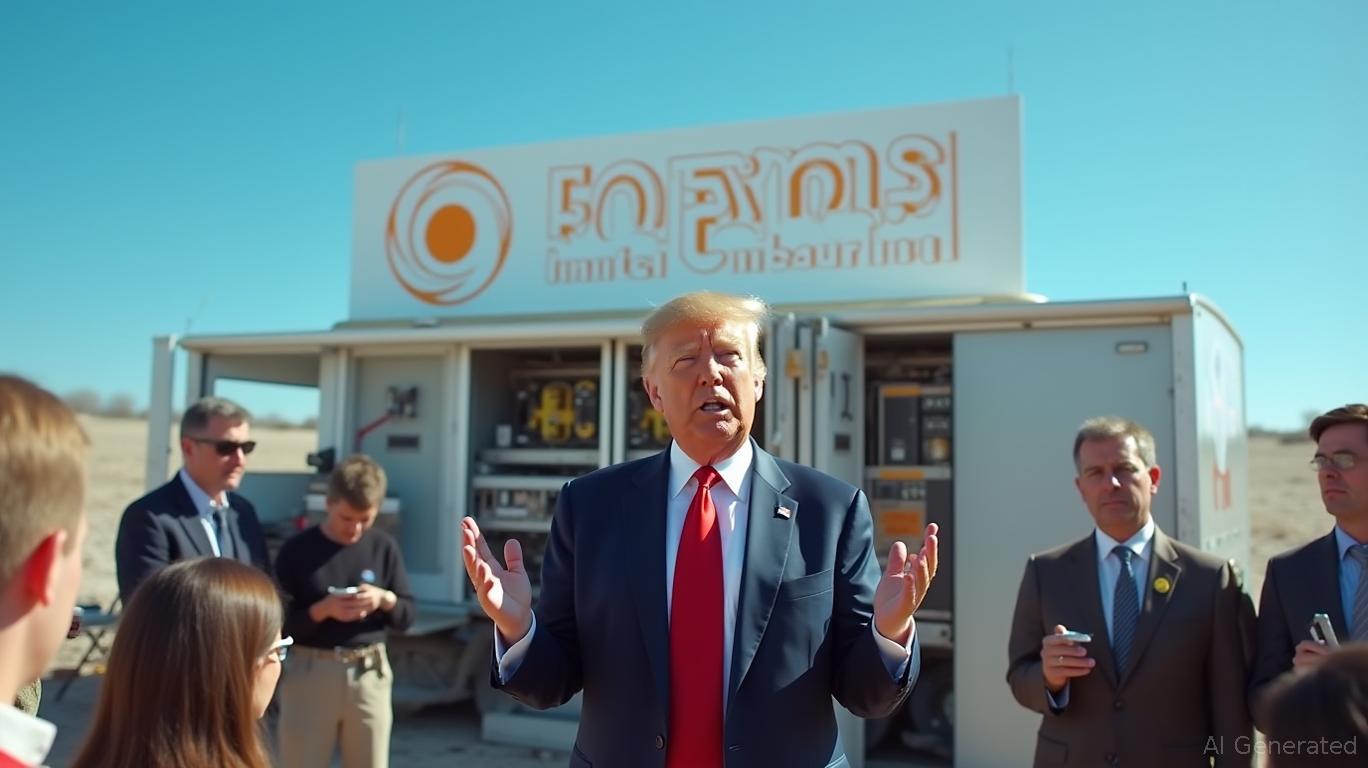Trump's Bitcoin Endorsement Boosts Mobile Mining with Bitcoin Solaris
President Trump’s endorsement of Bitcoin has sparked significant interest in the cryptocurrency market, particularly in the realm of mobile mining. This endorsement has shifted the narrative around digital assets, making them more politically relevant and attracting the attention of major institutions and nation-state leaders. However, the actual value creation in the crypto space remains complex and often gated behind intricate systems and infrastructure.
Bitcoin
aims to address this complexity by offering a mobile-first mining solution. Unlike traditional mining methods that require specialized hardware or staking setups, Bitcoin Solaris allows users to participate in validation and earn rewards through the use of their smartphones or laptops. The App, developed by Bitcoin Solaris, enables users to allocate a small amount of unused device storage and background CPU to earn BTC-S, the native token of the Bitcoin Solaris network. This process is designed to be silent, energy-efficient, and has already been tested in beta with measurable results.The protocol behind Bitcoin Solaris validates blocks through a hybrid architecture, ensuring that mobile participants are integral to the process. The returns are not inflated but are directly tied to the tokenomics of the system, which is designed to reward early participation and long-term involvement. This structure avoids the pitfalls of speculative spikes and market flooding, providing a stable and predictable earning model for participants.
Bitcoin Solaris differentiates itself from other altcoins by avoiding common pitfalls such as hidden inflation, unstated emissions schedules, and seed rounds with special terms. Of the total 21 million BTC-S supply, 14 million are reserved for ongoing mining rewards, released gradually through real use. Another 4.2 million tokens were allocated to presale participants across structured phases, with the remainder directed toward liquidity and ecosystem support. The supply is fully disclosed, fixed, and visible, providing transparency and accountability from the outset.
The architecture of Bitcoin Solaris is built on a layered consensus model. At its foundation, it uses Proof-of-Stake and Proof-of-Capacity to secure the network without draining power. The Solaris Layer, built around Proof-of-History and Proof-of-Time, enables over 10,000 transactions per second and two-second finality. This system has been tested and proven to work efficiently, using lightweight storage proof commitments to verify contributions without overloading the device.
Security is a paramount concern for Bitcoin Solaris, especially in its early phases. The system has passed a full Cyberscope audit and independent backend validation of its mobile logic by Freshcoins. Its KYC credentials were also confirmed via Freshcoins, ensuring transparency and accountability. In a recent video breakdown, Crypto Volt highlighted how Bitcoin Solaris differs from typical “mobile mining” claims, emphasizing that it distributes real rewards through actual protocol engagement rather than simulating mining.
BTC-S is currently priced at $6 in Phase 6 of the presale, with exchange listing benchmarks internally targeted at $20. This pricing strategy aims to provide early participants with a realistic entry window into a functioning protocol before public exchanges shape the next pricing phase. The tokens earned or bought are part of a fixed system, with no minting, burning, or changes once they are in circulation. Participants hold the asset as it is and mine based on that fixed supply.
As national leaders begin publicly backing crypto, the path for retail participants opens, but it still comes with friction. Bitcoin Solaris removes this friction by allowing users to install the Nova App, commit a few gigabytes of spare storage, and earn rewards. The structure is transparent, and with political narratives pushing Bitcoin back into mainstream headlines, analysts are watching where the next wave of real network participation will come from. Most indicators suggest that Bitcoin Solaris is at the center of that discussion.


Comments
No comments yet